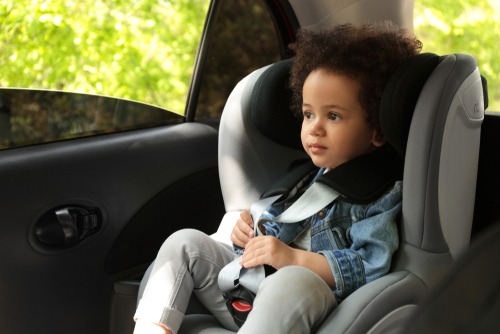Playground Accidents and Injuries
Playgrounds are a great place for children to be physically active and learn to interact with others. But unfortunately, playgrounds are also full of risky equipment and hidden dangers that can lead to serious injuries.
More than 200,000 children ages 14 and younger are taken to the emergency room every year for playground-related injuries, according to the Centers for Disease Control and Prevention. Almost half (45 percent) of those injuries are severe fractures, internal injuries, concussions, dislocations, and amputations. Most injuries on public playgrounds occur on climbing equipment, and swings are responsible for the most injuries on home playgrounds.
Some of the most common causes of playground injuries are poorly maintained playground equipment, lack of supervision, and poorly designed playground equipment.
Poorly Maintained Equipment
Playground equipment often undergoes heavy use, leading to serious wear and tear after only a few years. Most pieces of playground equipment are several years, if not decades, old. Exposure to the elements and running children take a major toll on the structural integrity of the equipment, which is why regular maintenance is crucially important.
Bolts and screws can come loose, wood can deteriorate, ropes can unravel, surfaces can become unsteady, and large pieces can rust. Without proper maintenance, these issues can greatly increase the risk of injury for children.
Liability for playground injuries typically rests with the owner of the poorly maintained equipment. School playgrounds are usually maintained and owned by the school district, and playgrounds in public parks are usually maintained by the town, city, or county. Private schools and daycare facilities usually own and maintain their own playgrounds, as well as local restaurant chains who offer play areas at their restaurants.
At the end of the day, the entity that is responsible for maintenance of the playground equipment should be held liable for children’s injuries sustained as a result of lack of maintenance.
Lack of Supervision
The observation and supervision of children on the playground is crucially important to their safety. A safe playground environment requires an adult supervisor who is able to spot risky activities and accidents waiting to happen.
Whether the supervisor is a teacher, daycare instructor, babysitter, or other responsible adult, he or she has a legal obligation to make a reasonable effort to keep children safe. The legal definition of “adequate” supervision depends on the situation, taking the following factors into account:
- Age of the child
- Nature of the activity
- Experience level of the child
- Factors beyond the supervisor’s control
In essence, the supervisor must be reasonable in his or her supervisory capacity. The supervisor must respond appropriately to obvious safety risks and help children stay safe on the playground. Failure to do so could result in a civil suit for negligence.
Poorly Designed Playground Equipment
If a playground is poorly designed and that defective design leads to an injury, you could have grounds for a products liability case. A defective design is one that can cause harm, even when the equipment is used correctly and as intended. For example, say the area under the monkey bars is filled in with concrete, rather than rubber pieces or other soft materials. If a child falls from the monkey bars and breaks his arm, the designer of the playground could be held liable for creating an unsafe product by failing to include a soft landing area.
If the original designer or manufacturer created a playground that was ultimately unsafe, the company (or companies) responsible can be held liable for injuries sustained as a result.


















